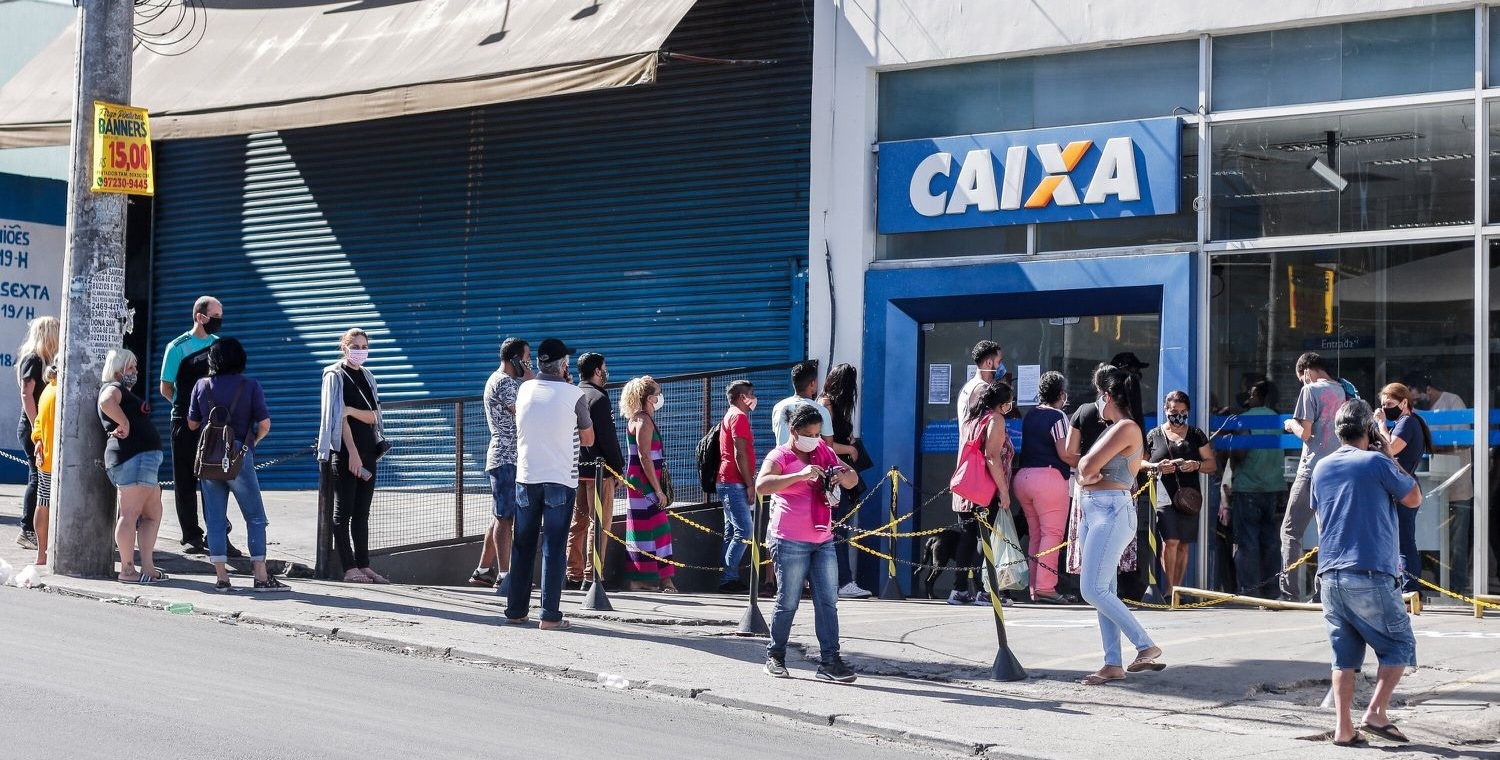RIO DE JANEIRO, BRAZIL – The number of households receiving emergency aid grew in June. The aid, which ensures social protection during the period of tackling the Covid-19 pandemic crisis, reached 29.4 million Brazilian households last month (43 percent), where nearly half (49.5 percent) of the Brazilian population lives, according to data from the Brazilian Institute of Geography and Statistics (IBGE) released on Thursday.

There was an increase of 3.1 million households benefited compared to May, where at least one person in the family had access to the main aid program during the health crisis. The poorest population benefited the most from the aid, receiving 75.2 percent of the transfers.
In the Northern and Northeastern States, the percentage of households receiving emergency aid exceeded 45 percent. In Amapá and Maranhão, the proportion of beneficiaries exceeded 65 percent. In Santa Catarina and Rio Grande do Sul, the program’s coverage failed to reach 30 percent of households, according to survey data.
Aid has greater impact among the poorest
The survey shows that in June the emergency aid had a greater impact on the ten percent share of the lowest income population, which is equivalent to approximately 21 million Brazilians living in homes with a household income of up to R$50.34 (US$10). Of this group, 17.7 million (83.5 percent) live in the households receiving the aid. For this group, the per capita household income rose from R$7,15 to R$271,92, an increase of 3.705 percent.
In the second income bracket, the benefit covered 86.1 percent, corresponding to 18.2 million of the 21 million people who lived in homes where at least one person received the aid. The aid’s impact for this group represented a 150 percent increase – per capita household income rose from R$150.88 to R$377.22.
According to Cimar Azeredo, the IBGE’s deputy director, the data disclosed show that the program had a great impact on the income of the most vulnerable, who in the absence of the aid would live on R$354.18 or less. “The emergency aid reached about 80 percent of the first two income brackets and about three-quarters of the third income bracket households. This proves the significance of the program in the per capita household income of the lower-income strata,” he said.
On Thursday, a report by the United Nations Development Program (UNDP) proposes that 132 low and middle-income countries ensure a basic income payment for a limited period of time to curb the pandemic. With a guaranteed minimum income, three billion people in poverty in the world would not be forced to leave home every day to earn a living, and thus the virus would stop spreading.
The Jair Bolsonaro Government’s current emergency aid is intended for casual workers, individual micro-entrepreneurs (MEI), the self-employed and the unemployed, with a monthly per capita household income lower than R$ 522.50 or a total monthly household income that does not exceed three minimum wages (R$3,135). The benefit, initially planned for April, May, and June, has been extended for a further two months and will run until August.
The survey published by the IBGE on Thursday was conducted through the PNAD Covid, a version of the National Continuous Household Sample Survey, performed with the support of the Ministry of Health, to assess the impacts of the pandemic on the labor market and to quantify people with symptoms associated with influenza syndrome in Brazil.
The unemployment lines increase in Brazil
The survey also showed that the country closed June with 11.8 million unemployed, 1.7 million more than in May. With this increase, the unemployment rate rose from 10.7 to 12.4 percent. The share of the unemployed increased in all major Brazilian regions. According to Cimar Azeredo, this hike in unemployment is directly linked to the relaxation of social distancing rules last month.
“This led to an increase in the population in the labor force since the number of people who did not seek work because of the pandemic decreased in comparison to May. They put pressure on the market again,” he explains.
However, the IBGE’s deputy director points out that despite the drop in the employed population in June, there was an increase in the effective income mass (the sum of what all workers actually receive), from R$157 to R$159 billion. “This is a positive finding because it shows that we had more money from work flowing in June than in May. This data points to market reaction,” he says.
In June, the number of people (7.1 million) who were left with no wages due to social distancing continued to fall. This contingent is lower than last month’s (9.7 million), but still accounts for almost half (48.4 percent) of the total number of people distanced from work.
“It is important to monitor this group, along with the unemployed, discouraged, and potential labor force because it is a group of people with no income from work. These variables may guide decisions to sustain cash transfer programs,” said the IBGE’s deputy director.
Source: El País

